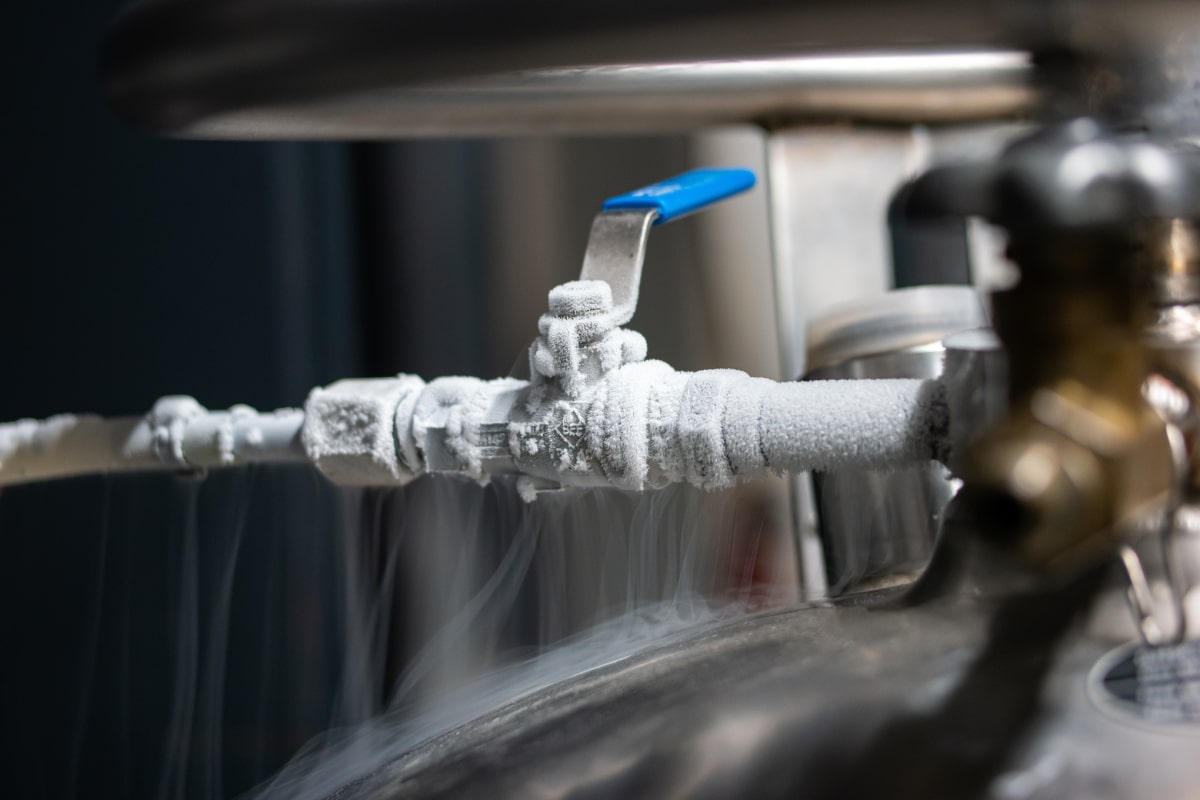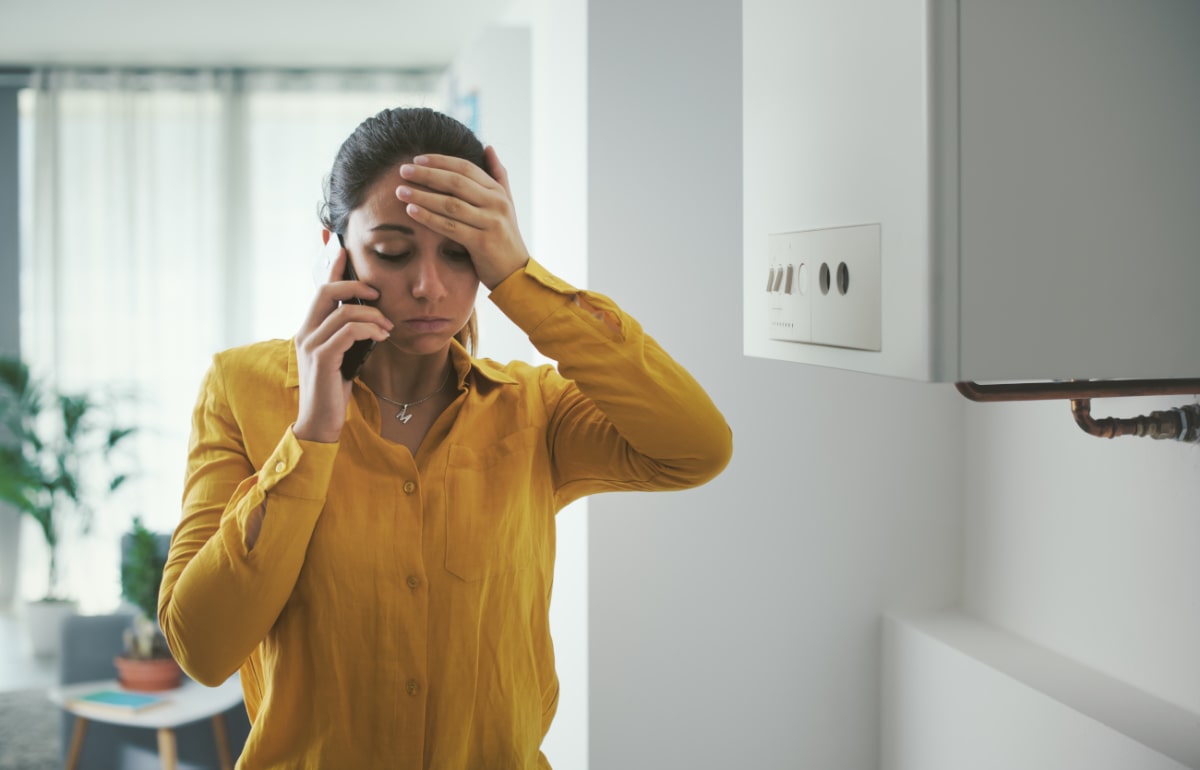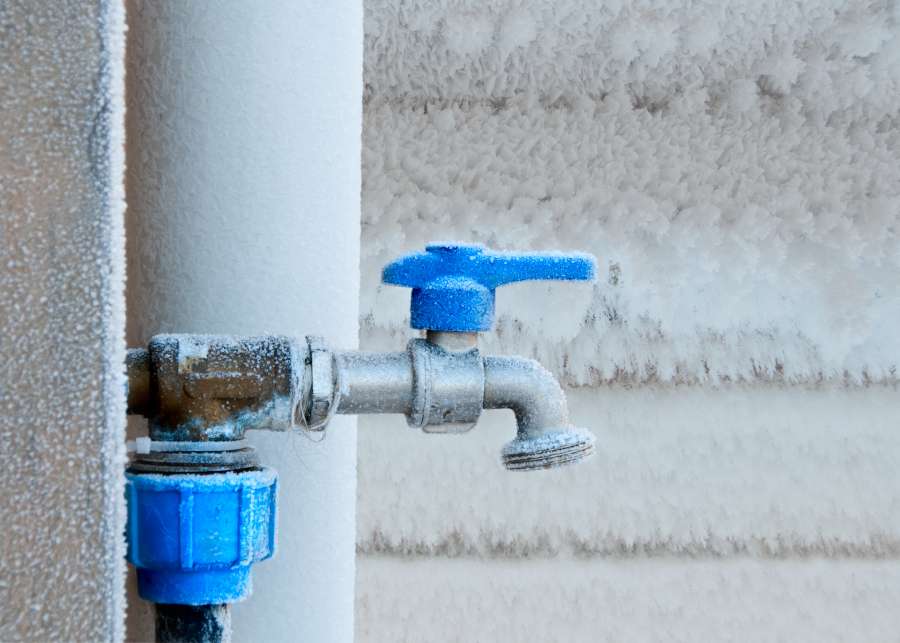Tankless Water Heater vs Hot Water Tank – Alberta Guide
Hot Water Tanks — An Alberta Classic
If you grew up in Alberta, your family probably had a large hot water tank in the basement. You might still have one in your home now, especially if you live in a larger home. The tank was likely massive, expensive to run, and potentially temperamental.
While tank water heaters are still common, there has been a shift towards tankless water heaters, with their reputation for lower energy bills and less need for space. So why would someone switch? What about staying with a tank-style, should some houses stay the same?
If you’re in the market for a new hot water system for your Calgary home, it’s a good idea to understand the different types of water heaters available. In this guide, we’ll compare tankless water heaters and traditional hot water tanks, helping you understand their differences, benefits, and drawbacks.
By the end, you’ll have a better idea of which system suits your home and needs. The answer is different from home to home, so read on and decide for yourself.
Still unsure after reading? Our plumbing experts here at Son-Rise Plumbing would be happy to advise you.
Tank vs. Tankless Guide:
1: Overview of Water Heating Systems
2: Cost Comparison
3: Energy Efficiency
4: Space and Installation
5: Maintenance and Lifespan
6: Hot Water Supply
7: Environmental Impact
What Is The Best Water Heater?
1: Overview of Water Heating Systems

Tankless Water Heaters
Tankless water heaters, also known as on-demand water heaters or instantaneous water heaters, heat water only when you need it. The second you turn on the hot water tap, cold water travels into the water heater, where it is heated by a gas burner or electric element. Water is heated as needed without ever being stored in a large hot water tank.

Hot Water Tanks
Traditional hot water tanks store and preheat a large volume of water in a tank. The water is kept hot and ready for use, but once it’s all used up, there can be a wait while the tank refills and heats another tank of water. The tank capacity you would choose depends on the amount of people in your house and how much hot water you go through every day.
2: Cost Comparison Of Water Heaters
Initial Cost Comparison
Tankless water heaters have a higher upfront cost compared to hot water tanks. The water heater units are more expensive. Installing them through a North West Calgary plumber usually costs more as well. Installation will probably require some upgrades to your plumbing system, natural gas lines, and electrical systems. They usually require new venting pipes too. They need to be installed to code, and these initial costs can add up.
Storage tank water heaters cost less to buy. Larger capacity tanks or ones with energy efficiency upgrades can cost a little more. Installing a tank water heater is usually pretty straightforward especially if it’s a replacement and all of the hookups are already there.
Long-term Cost Analysis
Tankless water heaters use less energy each month as they aren’t constantly heating a stored tank of hot water. There’s also less heat loss. That efficiency translates to lower utility bills each month, which adds up long-term. Tankless heaters also have lower maintenance needs and a longer lifespan. So while they cost quite a bit more to install, those costs can be justified with the longer-term efficiency and savings down the road.
Storage tank water heaters cost more to run each month, more to maintain, and need to be replaced more often.
Winner: Hot Water Tank
Installing a hot water tank will definitely be easier on your bank account upfront.
3: Water Heater Energy Efficiency
Tankless water heaters are more energy-efficient. They aren’t continually heating a tank of water. There’s less heat loss. They can be up to 34% more energy-efficient than traditional tank heaters. By heating water only when you need it, an ENERGY STAR certified gas heated tankless water heater can save a family of four $1,800 over its lifetime on utility bills. It just makes sense – keeping water hot until you need it costs energy, and you have to pay for it.
Hot water tanks are less energy-efficient with their constant heating and reheating of stored water. Standby heat loss also contributes to higher energy bills.
Winner: Tankless Water Heater
Tankless water heaters are more energy efficient, and great for both the environment and your monthly utility bill.
4: Space and Installation
Tankless water heaters are designed to be compact and mounted on the wall with no large tank taking up space. This is a big advantage if you live in a condo, a smaller home, or a home without a basement. Installing a tankless water heater is more complex and usually requires some upgrades to your existing plumbing, natural gas, and electrical systems. Gas line upgrades, new venting pipes, upgrades to your electrical system and changes to your water lines could all be required to have your install up to code.
Hot water tanks require space for the large tank itself and for installation and maintenance access. Most people install them in the basement. Tank heaters are usually easier and less expensive to install. If you’re replacing a hot water tank, all of the electrical components will already be there, making it fairly straightforward for any plumber.
Winner: Tankless Water Heater
The space saving compact design, combined with being wall mounted, gives the edge to tankless heaters, despite the often more complex installations.
5: Maintenance and Lifespan
Tankless water heaters and traditional storage tank water heaters have different maintenance needs and lifespans.
Tankless water heaters need to be descaled and flushed to prevent mineral buildup. Doing this every year or every second year should be enough, depending on the hardness of your water. The inlet filter and air filter both also need to be cleaned regularly.
Tankless water heaters generally need fewer repairs over their lifespan with less wear and tear compared to tank systems that are continually in use. However, when repairs are needed, they can be more expensive and can include replacing heating elements and sensors.
Hot water tanks should be flushed once a year to remove sediment buildup, but generally, maintenance is simpler than for tankless systems. The temperature and pressure relief valve should also be checked to make sure it’s working correctly. If your hot water tank develops a leak, it can be quite expensive to fix.
Tank heaters need more frequent repairs because of their constant operation. Common repairs include replacing the heat exchanger, heating elements, thermostats, and addressing leaks. The more frequent need for repairs can add up over the lifespan of the unit.
While tankless water heaters can last up to 20 years or more with proper maintenance, hot water tanks typically need to be replaced after 10-15 years.
Winner: Tankless Water Heater
While both require regular maintenance, the more frequent repairs of tank heaters along with needing to be replaced more often give the slight edge to tankless water heaters here.
6: Hot Water Supply
Tankless water heaters deliver a constant supply of hot water at the moment you need it. You won’t run out of hot water and need to wait for another tank to heat water up. That said, tankless heaters can be less efficient during those extreme Alberta cold snaps. Also, the flow rate has a limit and hot water flow may not be enough in a larger household when everyone is running hot water at once.
Hot water tanks have a large enough supply of hot water to have multiple taps and showers going at once without reducing the flow rate. This is great for large families that are all using hot water at once. However, once that hot water is gone, you’ll need to wait for another tank to be filled and heated.
Winner: Depends on household needs
For homes or apartments with only one or two people, a tankless water heater will meet your hot water demands and you’ll never run out of hot water. If you have a large family and use a lot of hot water at certain times, a storage tank water heater might be the better option.
7: Environmental Impact
Tankless water heaters have a lower environmental impact with higher energy efficiency ratings and reduced greenhouse gas emissions.
Hot water tanks continuously burn energy even when not in use.
Winner: Tankless Water Heater
If eco-friendly hot water is important, a tankless water heater is the way to go.
What Is The Best Water Heater?
The best water heater really depends on your house, family size, and preferences. Although it would be easier to pick one and tell you, we’d rather you make the decision that is right for you and your home.
For homes with lower hot water demands and apartments with limited space, a tankless water heater is a great option. A tankless heater will lower your energy bills and is the better choice for the environment.
On the other hand, if you have a large family and use a lot of hot water all at once, a traditional tank heater may be the better option. Hot water tanks are also more affordable upfront.
If you still aren’t sure, discussing your home and hot water needs with a licensed expert can help you make the best choice.
 Call Son-Rise Plumbing Today!
Call Son-Rise Plumbing Today!
Whether you need tankless or storage tank water heaters, one of our water heating professionals would love to talk to you.
Our team of licensed technicians has years of experience repairing, replacing, and installing water heaters in every type of home.
Call us at 403-274-1166 and have a no-obligation chat to go over your situation. Or get a quote for any type of hot water heater installation or service.













 Knowing how to safely thaw a frozen pipe is crucial to prevent further damage. If you suspect you have a frozen pipe, it’s essential to act promptly.
Knowing how to safely thaw a frozen pipe is crucial to prevent further damage. If you suspect you have a frozen pipe, it’s essential to act promptly.
